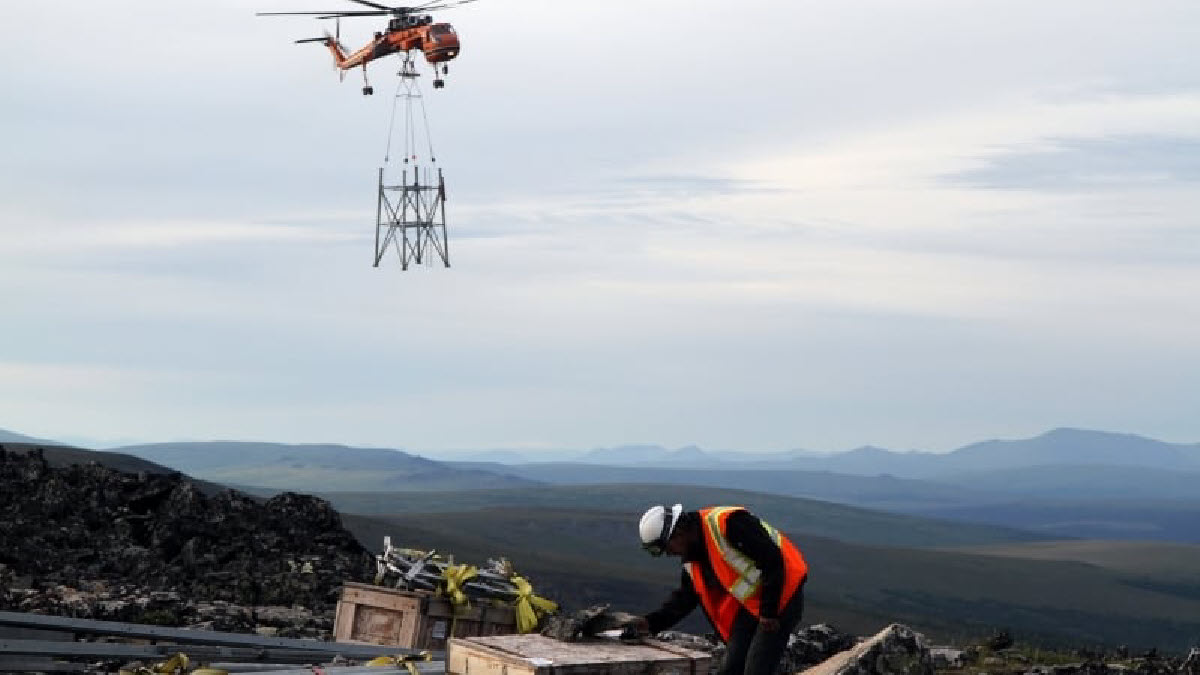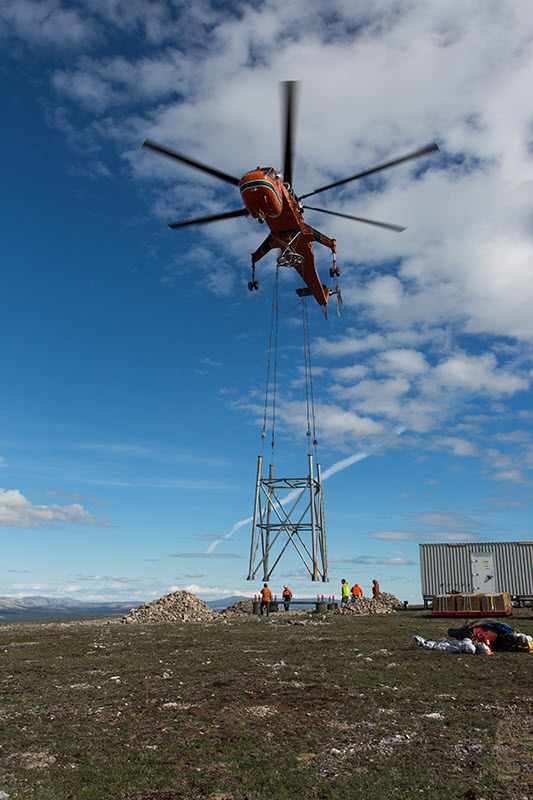Stories
USBCDC investment helps deliver critical broadband to First Nation communities

In rural Alaska, high-speed internet improves connectivity, allowing communities in the Aleutian Islands to better share and nurture their culture while also delivering educational and telehealth services.
For First Nation communities in the Aleutian Islands of remote Alaska, the challenges of connectivity have always been there. The harsh climate and rugged terrain make building the infrastructure needed to deliver high speed internet difficult.
However, an ambitious project to bring broadband to these communities is having transformational effects, not only bringing connectivity that allows the Aleutians to share and nurture their culture, but also providing telehealth and educational services, as well as economic opportunity.
Identifying the need, U.S. Bank partnered with GCI Alaska, a broadband provider serving these communities, and recently closed a seventh investment with them, continuing a decade-long effort to bring high speed internet to the furthest points of Alaska. The most recent project spans roughly 450 miles – many of them accessible only by helicopter – across a chain of volcanic islands that act as barrier between the Northern Pacific and the Bering Sea.
 From 2011 through the first quarter of this year, U.S. Bancorp Community Development Corporation (USBCDC), the community investment and tax credit division of U.S. Bank, has invested more than $60 million in New Market Tax Credit equity in the project, and there is more to do. With total costs close to $300 million and climbing, USBCDC’s investments represent roughly 20% of the project’s capital, all of it necessary to allow this critical infrastructure to reach communities years, or even decades, sooner than otherwise feasible.
From 2011 through the first quarter of this year, U.S. Bancorp Community Development Corporation (USBCDC), the community investment and tax credit division of U.S. Bank, has invested more than $60 million in New Market Tax Credit equity in the project, and there is more to do. With total costs close to $300 million and climbing, USBCDC’s investments represent roughly 20% of the project’s capital, all of it necessary to allow this critical infrastructure to reach communities years, or even decades, sooner than otherwise feasible.
While the economic benefits of these sorts of development projects are often the focus, Emily Rose, a senior vice president at USBCDC, who helped champion the project, said some benefits are quieter but of critical importance. In the case of rural Alaska, a region that has long struggled with mental health due to lack of resources, she said connectivity helps alleviate some of those challenges, while also allowing for unique communities to maintain their historic independence and cultural identity
“We’ve seen [mental health] exacerbated since the pandemic, but throughout prior investments in these communities, the teenagers had higher risk of suicide and mental health issues for decades, due, in part to isolation, from lack connectivity. Not only can this help with that specifically, but also just facilitate being able to be a part of larger community,” Rose said at a recent seminar in Washington, D.C. produced by the Local Initiatives Support Corporation (LISC), a nonprofit that helps connect public and private resources with underinvested people.
The project is “literally saving people’s lives,” she said.
During the event, which was moderated by Annie Donovan, chief operating officer at LISC, Rose also highlighted that as the workforce has gone more remote post-pandemic, the added connectivity in these communities can open opportunities to good paying jobs with less barriers to entry.
“If you think about job creation, we don’t only want to create jobs where you need a high education, you don’t need to create that barrier. If you create a technical job where somebody can do an apprenticeship, job training, and make $60,000 a year, that’s a great outcome,” Rose said.
The project is “literally saving people’s lives,” said Emily Rose, a senior vice president at USBCDC.
Donovan also noted that U.S. Bank has been a leader in leveraging federal programs and partnerships with nonprofits for rural development, citing another USBCDC investment that expanded broadband in rural Appalachian communities in Ohio in addition to the Alaskan broadband project. U.S. Bank also recently com mitted to providing $40 million in support to Community Development Financial Institutions and nonprofits focused on similar projects to improve broadband in Native American communities in California. The investment is part of a larger $100 billion community benefit plan announced earlier this month as part of the planned acquisition of MUFG Union Bank.
mitted to providing $40 million in support to Community Development Financial Institutions and nonprofits focused on similar projects to improve broadband in Native American communities in California. The investment is part of a larger $100 billion community benefit plan announced earlier this month as part of the planned acquisition of MUFG Union Bank.
“U.S. Bank CDC has really been willing to be out front,” Donovan said.
Media center
Press contact information, latest news and more
Learn more
Company facts, history, leadership and more
Work for U.S. Bank
Explore job opportunities based on your skills and location